Growing Euphorbias: How To Cultivate A Euphorbia Plant
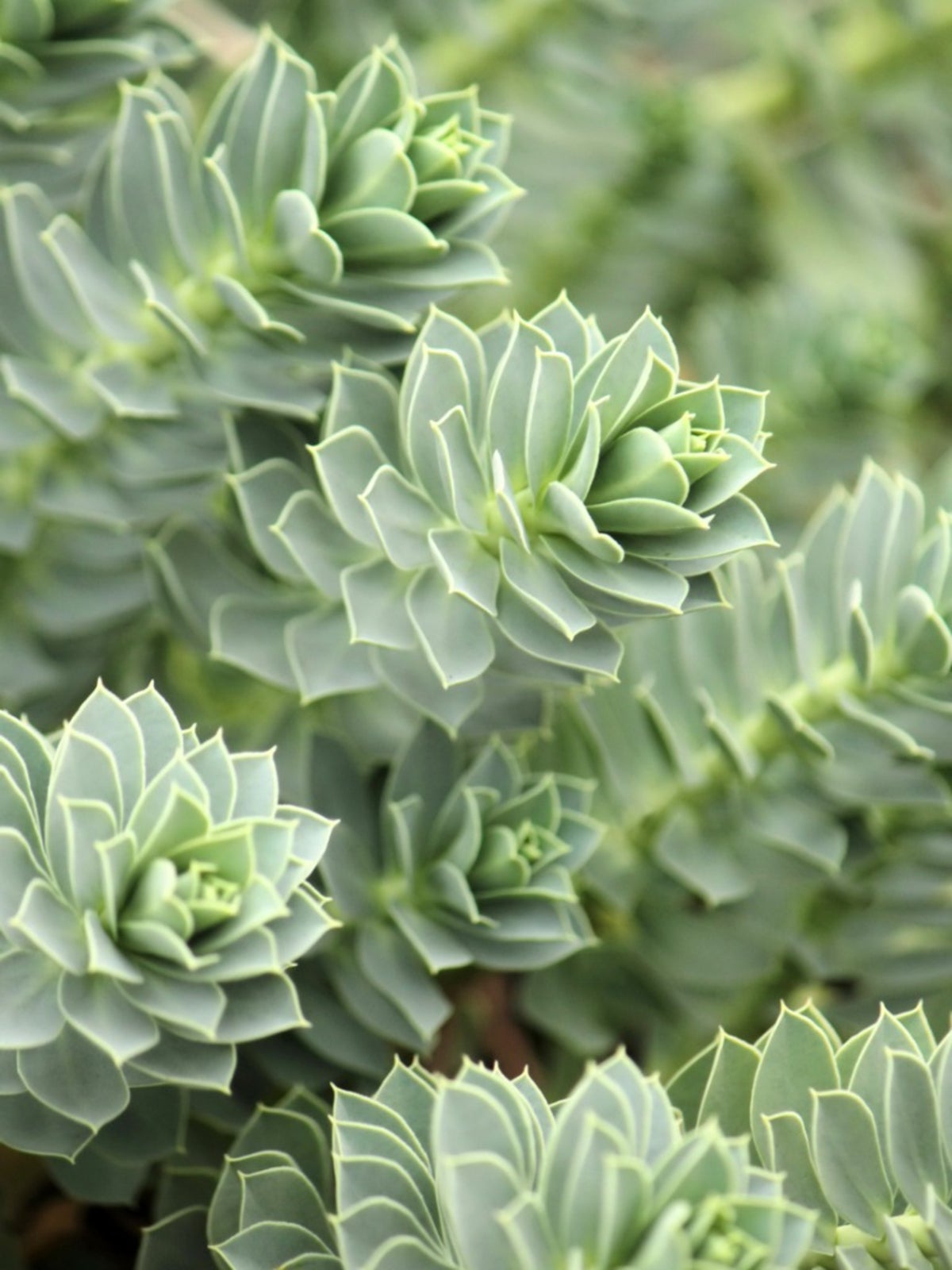

Euphorbia plants (Euphorbia spp.) also go by the easier to say, but less elegant, name of Spurge. They are a family of plants that may be grown as houseplants or occasionally outdoors. There are many varieties of Euphorbia plants, with fascinating forms that range from shrubs, herbs, or cactus-like specimens. Growing Euphorbias is easy and some are hardy in temperate climates. These are easy to start from seed and propagate from cuttings. Learn how to cultivate a Euphorbia plant that will start conversations and cause second looks.
About Euphorbia Plants
Euphorbias occur naturally in many parts of the world, but most notably Africa, Asia, Europe, and North and South America. The variation of form and size provide a spectacle of plant life. Some are as large as trees and others range as small groundcovers. There are over 2,000 species, many of which you will find familiar from interior commercial plantings. Crown of thorns is recognizable by its spiky stems, and donkey spurge is aptly named with thick rope-like stems sprawling away from the plant. Poinsettias are a form of Euphorbia that is recognizable to almost everyone. Most varieties of Euphorbia plants produce weird and unusual flowers. Gardeners should be cautious when handling Spurge, as all varieties have a milky latex sap that can be irritating or even poisonous.
How to Cultivate a Euphorbia Plant
As a general rule, Spurge requires well-drained soil in full sun. A few tolerate shadier conditions, but none of the family is fussy about soil condition. They even thrive in very poor soils and can tolerate periods of drought. Euphorbia plant care is simple. Provide them light, moderate moisture, and watch for annoying pests like whitefly. Provide water under the plant's leaves to prevent powdery mildew. You will not need to fertilize Spurge often. Wait until the bottom leaves become yellow before feeding with a water-soluble plant food. Prune when the plant gets out of hand. These plants are almost impossible to kill and are a perfect choice for the novice gardener. Growing Euphorbia to share with a friend is also a great beginner propagation project.
Additional Growing Tips for Euphorbia
Spurge grows quite well from seeds sown indoors in pots. You can propagate Euphorbia more quickly and easily by gathering up the “volunteers” around an established plant. You may also root stem cuttings in a soilless medium, such as peat. Keep them lightly misted and enclose the pot in a bag to keep moisture in. Let the pot breathe once a day for an hour, so the soil does not mold. Once the cutting has rooted, you can pot it in regular soil or plant outdoors in moderate climates. One of the more important growing tips for Euphorbia is to let the stem cutting dry for a few days before planting. This allows the sap to form a callus on the cut end and prevents rotting. Whether you want a giant thornless cactus specimen 6 feet (2 m.) tall or a creeping, sweetly flowering groundcover, you should try growing Euphorbias. They reward the gardener with more than just good looks, but remind us all of the variety and beauty found in nature.
Gardening tips, videos, info and more delivered right to your inbox!
Sign up for the Gardening Know How newsletter today and receive a free copy of our e-book "How to Grow Delicious Tomatoes".

Bonnie Grant is a professional landscaper with a Certification in Urban Gardening. She has been gardening and writing for 15 years. A former professional chef, she has a passion for edible landscaping.
-
 4 Superfast Composting Methods: Turn Waste Into Garden Gold In 30 Days Or Less
4 Superfast Composting Methods: Turn Waste Into Garden Gold In 30 Days Or LessTry the fastest composting methods to turbocharge your pile and transform kitchen scraps and garden waste into finished compost in just a few weeks.
By Mary Ellen Ellis
-
 Best Spider Plant Soil – Complete Soil Guide And Expert Tips For Keeping Plants Happy
Best Spider Plant Soil – Complete Soil Guide And Expert Tips For Keeping Plants HappySpider plants are fun and easy plants to grow, but what is the best soil for a spider plant? Selecting the right soil is important so they can thrive.
By Bonnie L. Grant
-
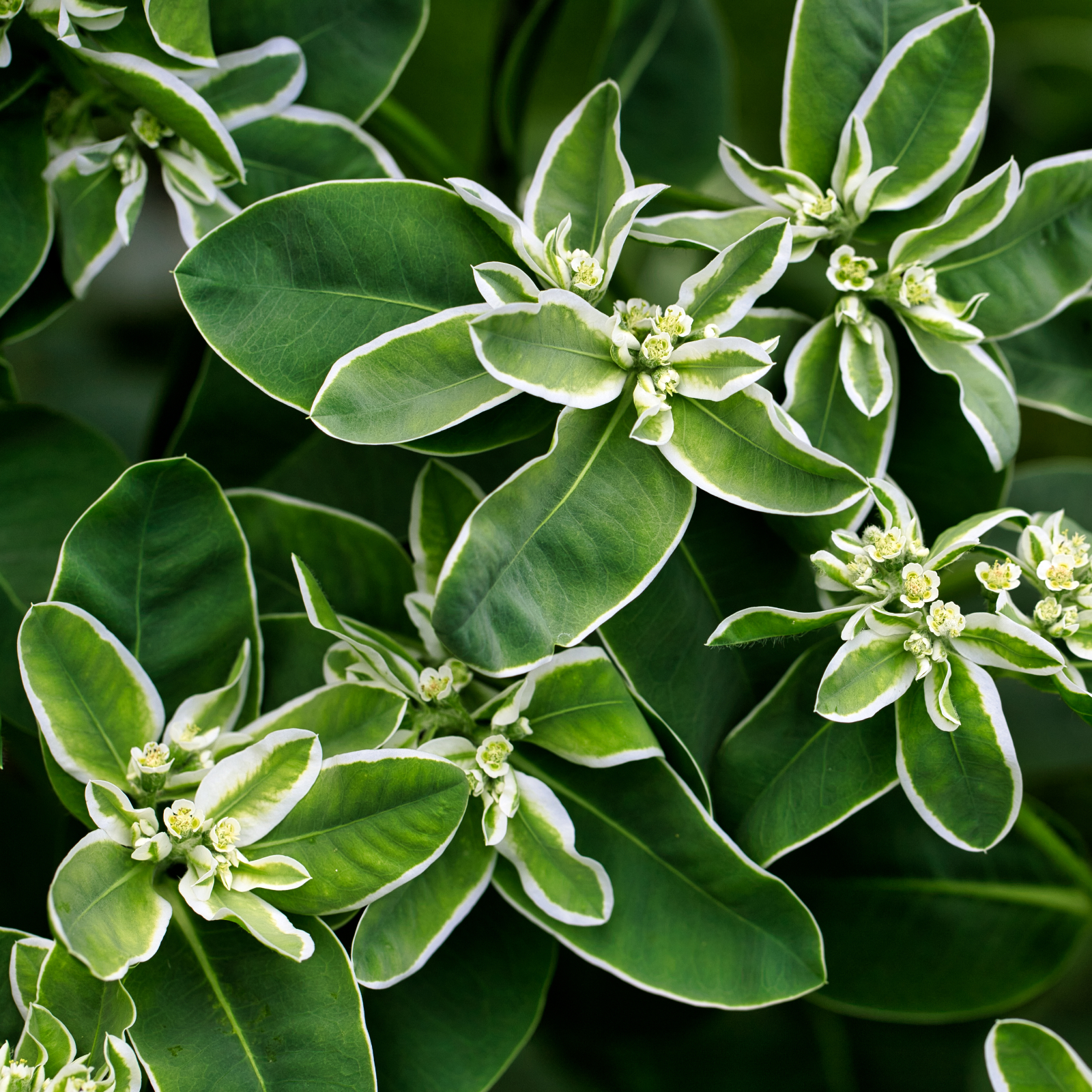 Snow On The Mountain (Euphorbia Marginata): Complete Care And Growing Guide
Snow On The Mountain (Euphorbia Marginata): Complete Care And Growing GuideSnow on the Mountain is a unique succulent plant that is native to North America. Learn all about Euphorbia marginata and how to care for it in your garden.
By Bonnie L. Grant
-
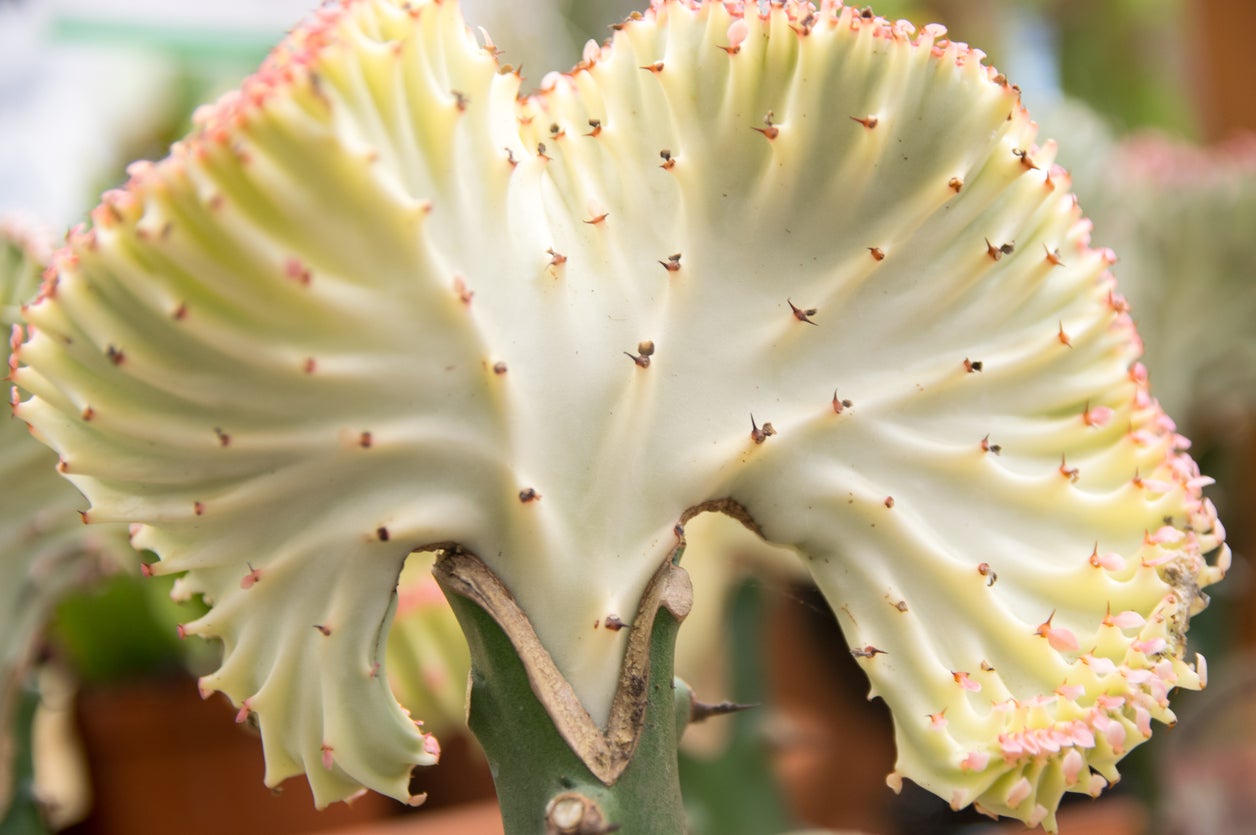 Euphorbia Stem Rot Issues – Reasons For A Rotting Candelabra Cactus
Euphorbia Stem Rot Issues – Reasons For A Rotting Candelabra CactusCandelabra cactus stem rot, also called euphorbia stem rot, is caused by a fungal disease. The tall stems of euphorbia begin to rot at the top of the limbs once the fungus takes hold. Click this article for more information about this disease.
By Becca Badgett
-
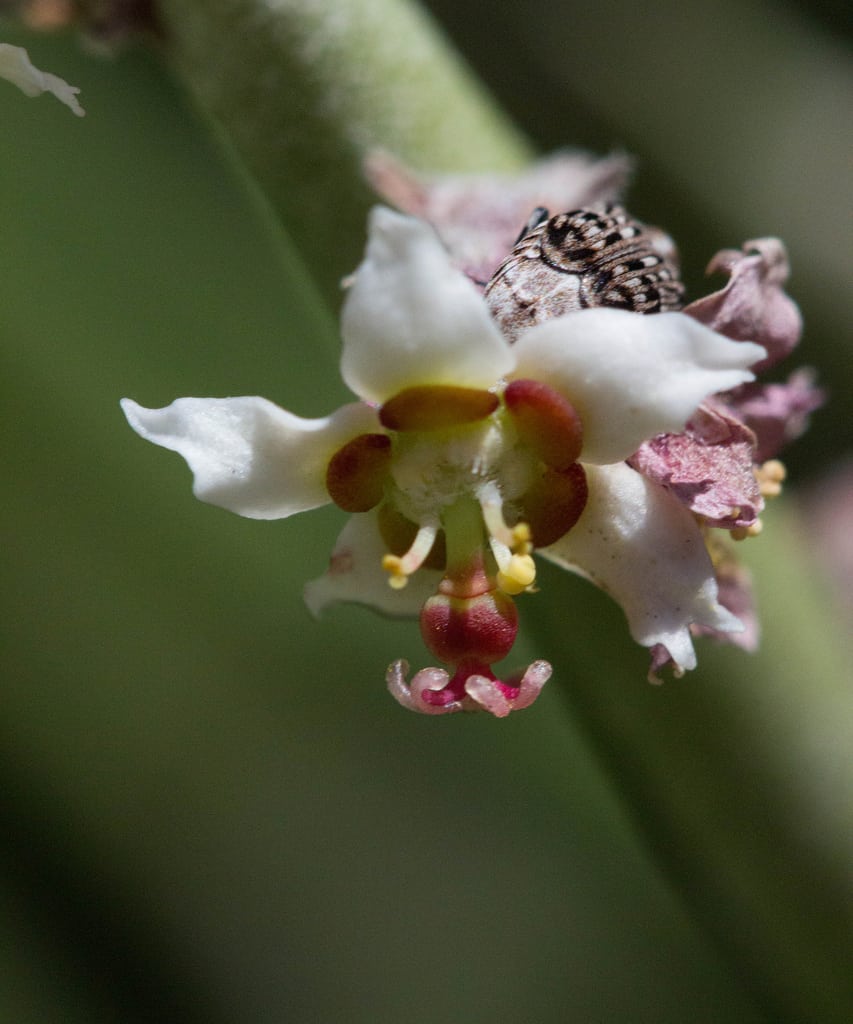 What Is A Candelilla Plant – How To Grow A Wax Euphorbia Succulent
What Is A Candelilla Plant – How To Grow A Wax Euphorbia SucculentSucculent lovers should definitely have a wax euphorbia succulent in their collection. There are no serious pests or disease associated with this plant and it has an ease of care which appeals to forgetful gardeners. Learn about growing a candelilla euphorbia here.
By Bonnie L. Grant
-
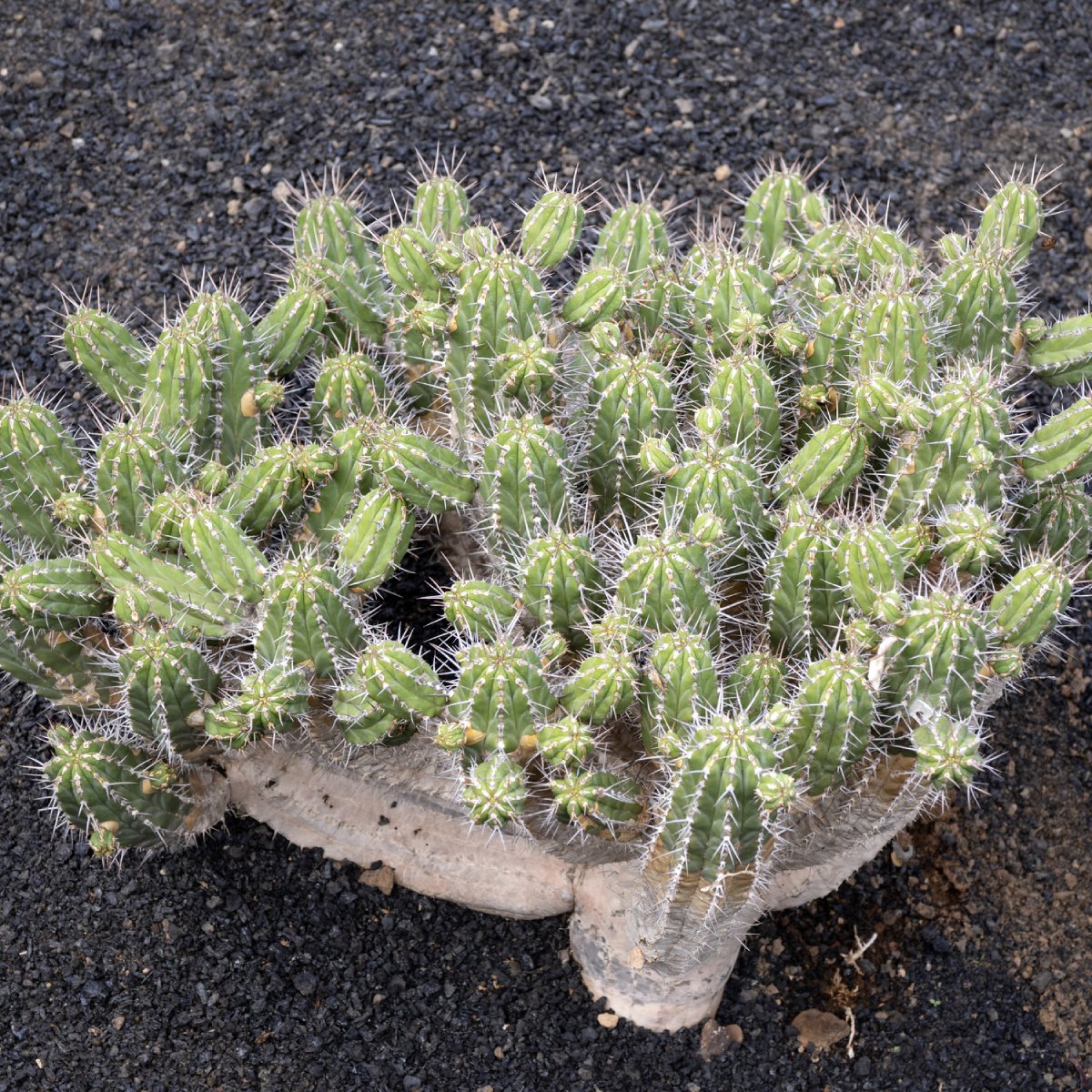 Moroccan Mound Succulents: How To Grow Euphorbia Resinifera Plant
Moroccan Mound Succulents: How To Grow Euphorbia Resinifera PlantBy Amy Grant
-
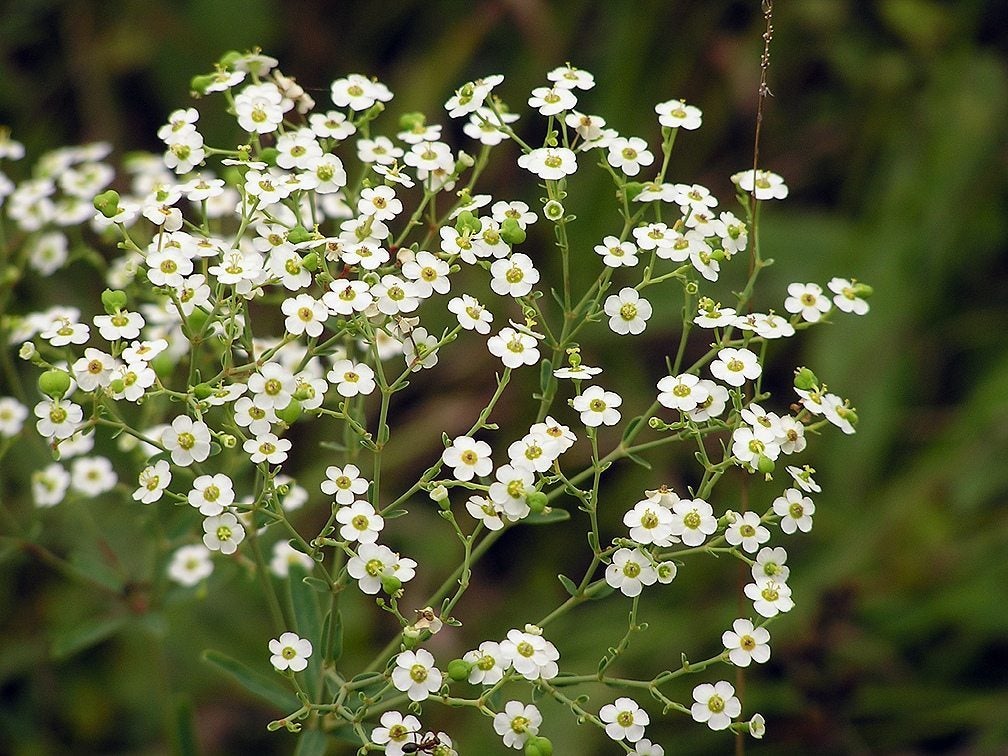 Flowering Spurge Info – Learn How To Grow Flowering Spurge Plants
Flowering Spurge Info – Learn How To Grow Flowering Spurge PlantsAlso known as baby's breath of the prairie, flowering spurge plants produce white, green-centered flowers from early summer to late summer. Growing flowering spurge isn't difficult as long as you can provide the right conditions. Click here to learn more.
By Mary H. Dyer
-
 Euphorbia Medusa’s Head Care: How To Grow A Medusa’s Head Plant
Euphorbia Medusa’s Head Care: How To Grow A Medusa’s Head PlantThe genus Euphorbia boasts a number of fascinating and beautiful plants, and the Medusa's Head euphorbia is one of the most unique, with grayish-green, snake-like branches and yellowish-green blooms. Want to learn how to grow a Medusa's Head? Click here.
By Mary H. Dyer
-
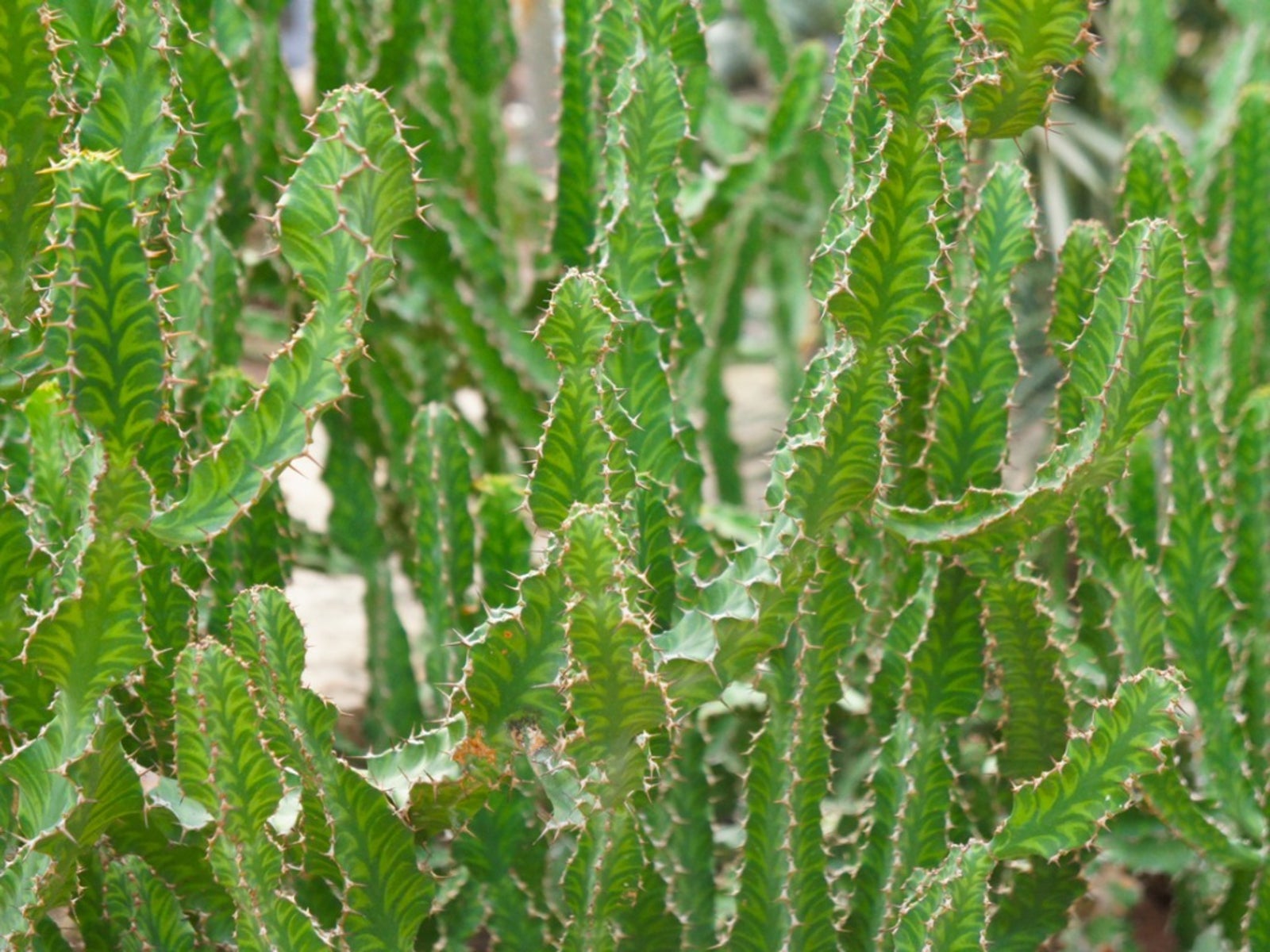 Caring For Dragon Bone Plants – Learn How To Grow Dragon Bones
Caring For Dragon Bone Plants – Learn How To Grow Dragon BonesDragon bone euphorbia is an elegant and structurally unique plant that can live on the patio in summer as long as it is brought indoors before cool temperatures arrive. Learn more about the plant and how to grow it in this article.
By Bonnie L. Grant
-
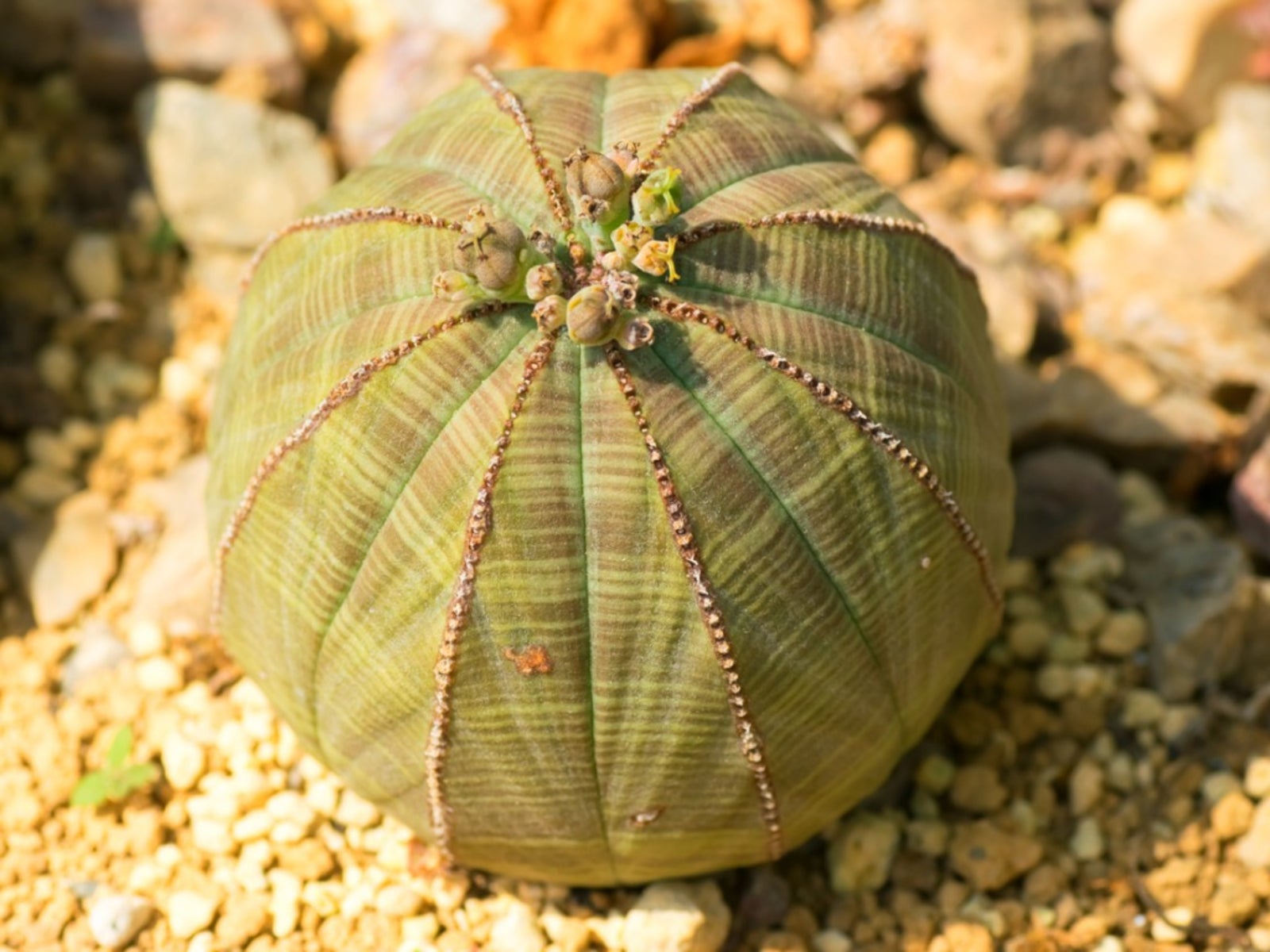 Baseball Plant Info: How To Grow Baseball Euphorbia
Baseball Plant Info: How To Grow Baseball EuphorbiaEuphorbia obesa, also called baseball plant, forms a ball-like segmented shape that is adapted to hot, arid climates. Euphorbia baseball plant makes an excellent houseplant and is low maintenance. Read here to learn more about it.
By Bonnie L. Grant